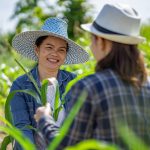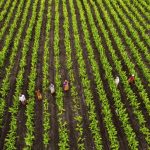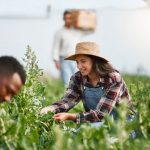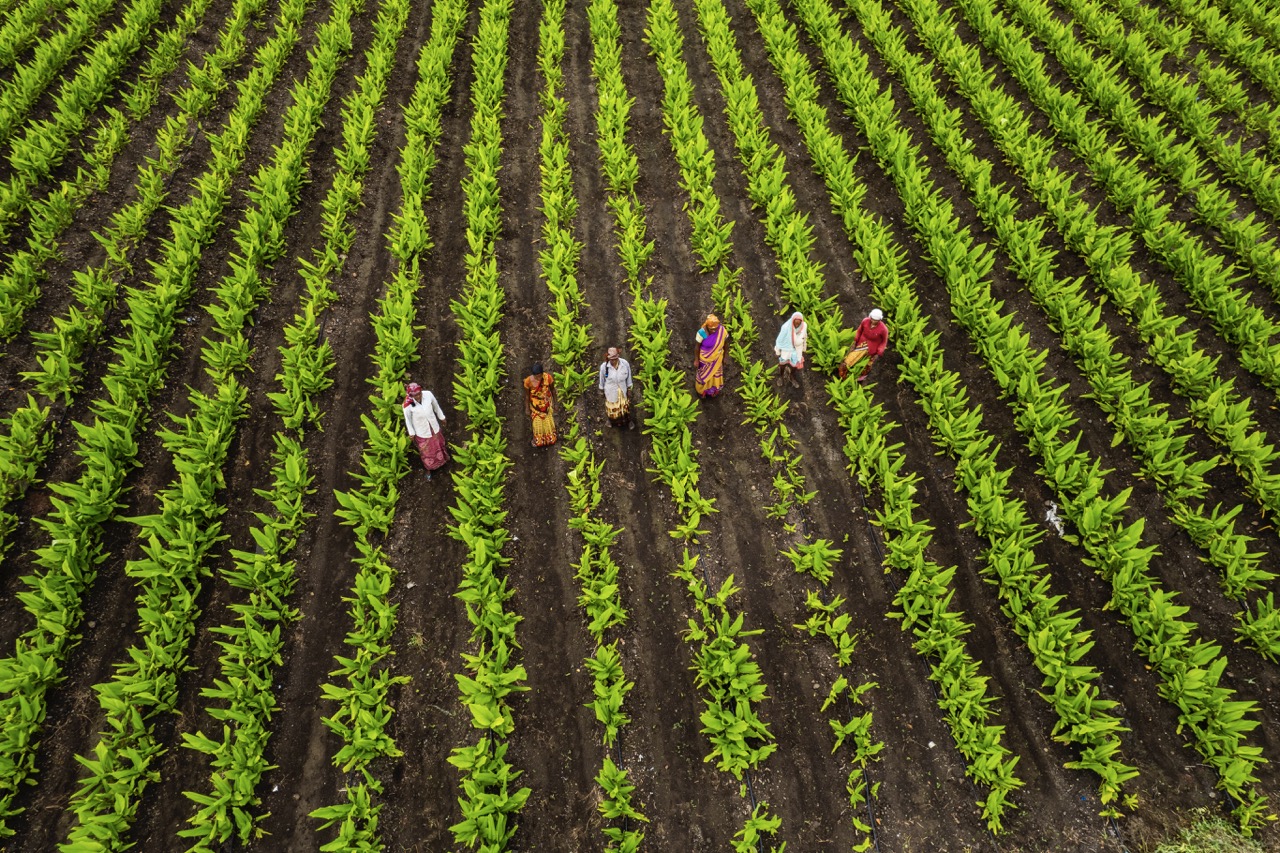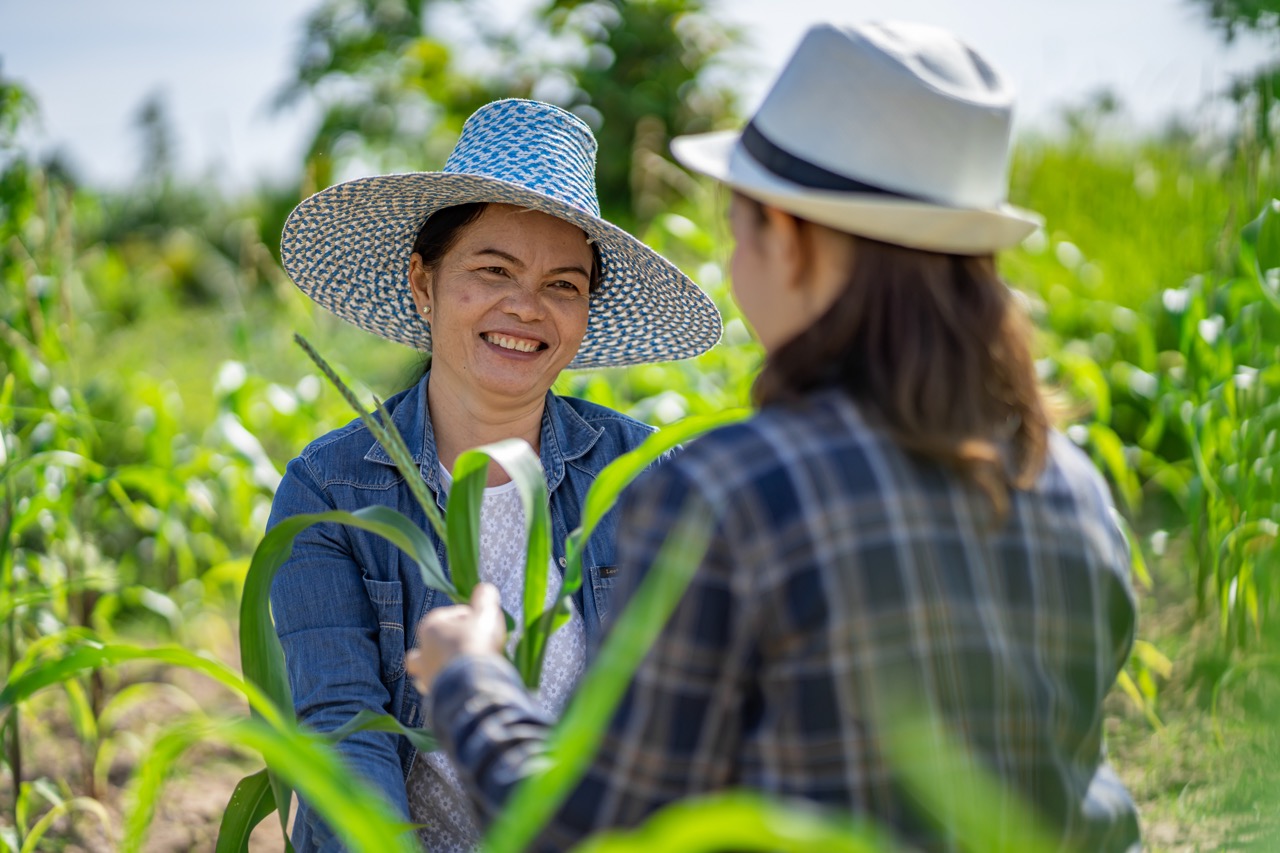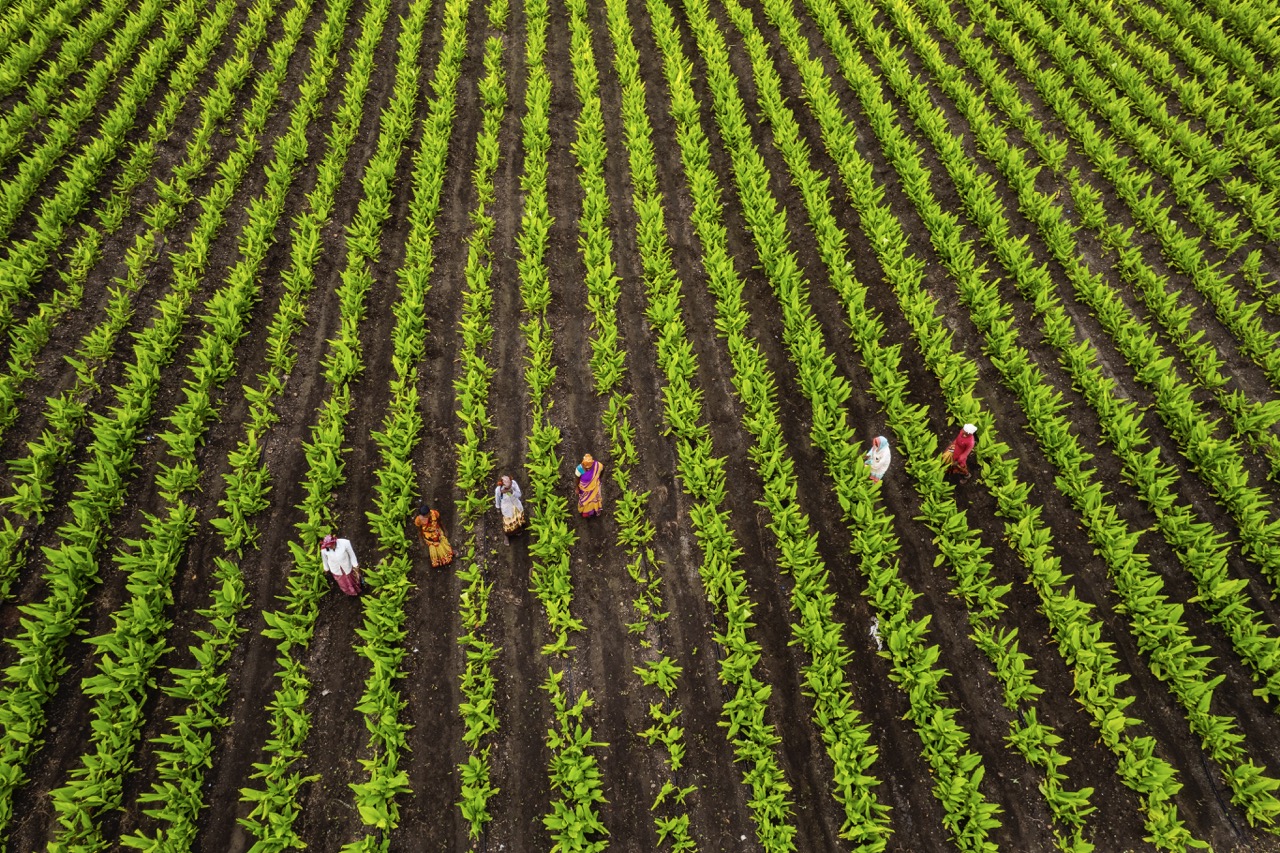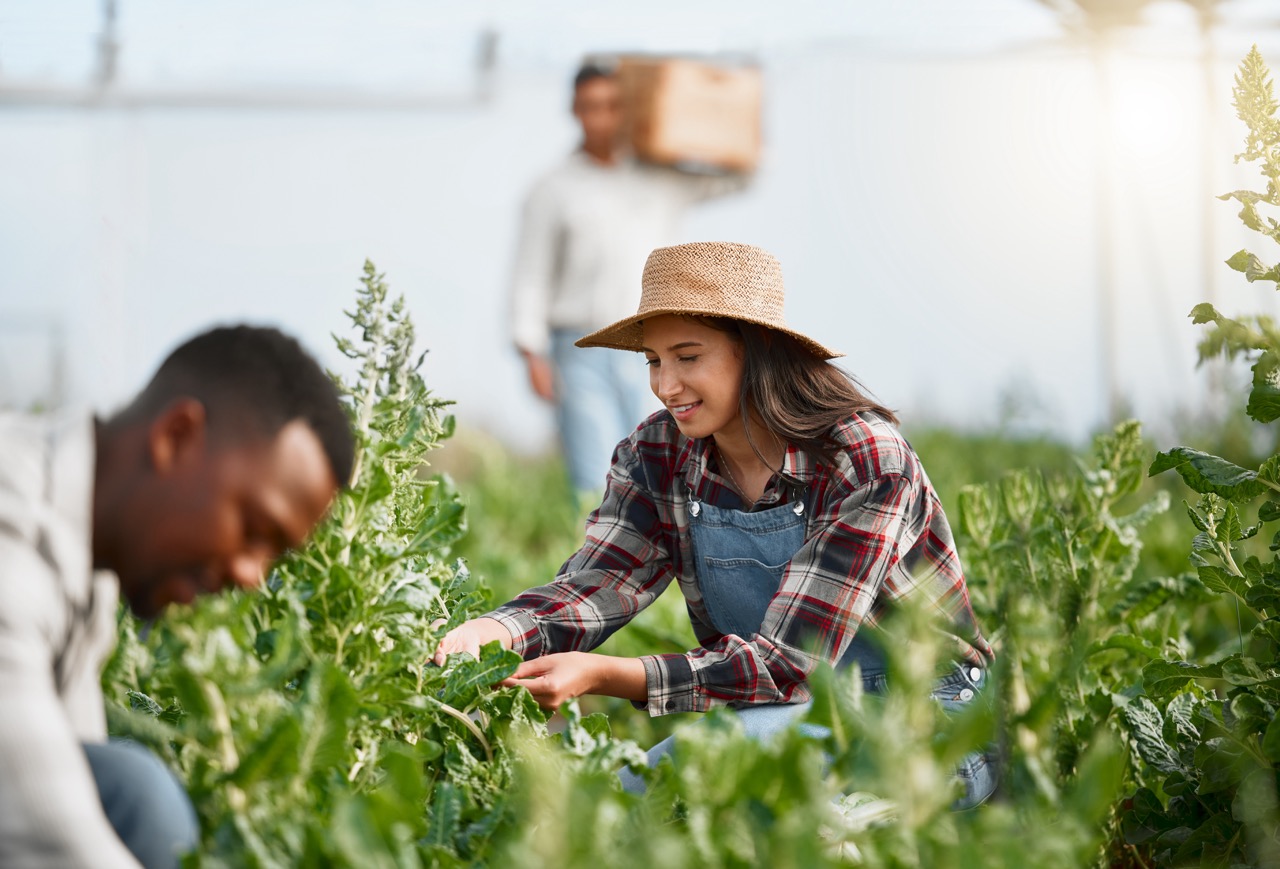Sharecropping, a historical agricultural practice that involves landowners and farmers sharing the risks and rewards of farming, has undergone a renaissance in recent years. As communities strive for greater food sovereignty, local economies are being revitalized, food security is being enhanced, and farmers are experiencing newfound empowerment. This article explores how sharecropping can benefit local food systems through its economic, sustainable, and community-building aspects.
Reviving Local Economies: The Role of Sharecropping
Sharecropping serves as a lifeline for small-scale farmers and local economies struggling under the weight of industrial agriculture and global market pressures. By enabling farmers to cultivate land they do not own, sharecropping allows for the efficient use of resources while minimizing upfront costs. This arrangement fosters a diverse agricultural landscape, which is crucial for the sustainability of local economies. As more small farmers enter the market, they contribute to a more dynamic local economy, driving demand for local goods and services.
Moreover, sharecropping can stimulate job creation in rural areas through the cultivation of diverse crops and the establishment of local food businesses. It promotes collaborative efforts among farmers, which can lead to the formation of cooperatives or agribusinesses focused on value-added products. These enterprises create local jobs, keep profits within the community, and reduce dependence on external suppliers. As the local economy flourishes, communities can witness a revitalization of main streets and marketplaces that have long been overlooked.
Lastly, sharecropping encourages community engagement by involving various stakeholders in the agricultural process. Landowners and sharecroppers can actively participate in decision-making, leading to better resource management and innovative practices that benefit the entire community. This collaborative relationship not only nurtures local economies but also fosters a sense of shared responsibility and stewardship of the land, emphasizing the importance of community in agricultural practices.
Enhancing Food Security Through Sustainable Practices
Food security remains a pressing concern globally, and sharecropping plays a pivotal role in addressing this challenge by promoting sustainable agricultural practices. Sharecroppers often cultivate a variety of crops, which reduces reliance on monoculture and enhances biodiversity. This diversity not only improves the resilience of the local food system but also ensures that communities have access to a wider range of nutritious food options throughout the year.
Additionally, sharecropping often emphasizes organic and regenerative farming techniques, which prioritize soil health and ecosystem balance. By implementing practices such as crop rotation, intercropping, and agroforestry, sharecroppers can increase yields while minimizing chemical inputs that may harm the environment. These sustainable methods have the potential to reduce food waste and improve food quality, contributing to overall community health and well-being.
Furthermore, local food systems strengthened by sharecropping can help communities better withstand external shocks, such as natural disasters or economic downturns. When communities grow their food locally, they reduce their dependence on global supply chains, ensuring a more stable food supply. This localized approach not only enhances food security but also empowers communities to take control of their food sources, fostering a deeper connection between people and the land.
Empowering Farmers: Sharecropping’s Community Impact
One of the most significant benefits of sharecropping is its potential to empower farmers, particularly those from marginalized backgrounds. By providing access to land, sharecropping enables individuals and families to cultivate their own food and income, which can be transformative for their social and economic standing. This empowerment often translates into a renewed sense of agency, allowing sharecroppers to engage more actively in their local communities and agricultural policies.
Moreover, the collaborative nature of sharecropping fosters a culture of learning and innovation among farmers. Through shared resources and knowledge, farmers can experiment with new farming techniques and adapt to changing environmental conditions. This continuous learning process enhances the skills and competencies of local farmers, equipping them to tackle challenges and seize opportunities in an ever-evolving agricultural landscape.
Community impact extends beyond just economic empowerment; sharecropping also strengthens social ties within communities. Farmers often collaborate on projects, share resources, and support one another in times of difficulty. This camaraderie builds resilience, as community networks grow stronger, ensuring that farmers have support systems in place. A united agricultural community can advocate for better policies and resources, further enhancing the overall vitality of the local food system.
Building Resilience in Local Food Systems with Partnerships
Partnerships between sharecroppers, local governments, and non-profit organizations play a crucial role in building resilient local food systems. These collaborations can facilitate access to resources such as funding, training, and technical assistance, which are essential for the success of small-scale agriculture. When stakeholders work together, they can address challenges such as land access, market entry, and food distribution more effectively.
Furthermore, partnerships can enhance market opportunities for sharecroppers by connecting them with local restaurants, grocery stores, and food cooperatives. Such collaborations ensure that local food reaches consumers and creates a reliable income stream for farmers. As these partnerships thrive, they strengthen the local economy and create a sustainable cycle where food is produced and consumed locally, reducing food miles and environmental impact.
Ultimately, building resilient local food systems through partnerships not only benefits farmers but also enhances community well-being. When communities invest in their food systems, they create a healthier environment and foster a culture of sustainability. This not only addresses immediate food needs but also lays the groundwork for future generations to thrive, ensuring that local food systems remain robust, equitable, and adaptable in the face of challenges.
In conclusion, sharecropping offers a multitude of benefits for local food systems, from revitalizing local economies and enhancing food security to empowering farmers and fostering resilience through partnerships. As communities increasingly recognize the importance of sustainable agricultural practices, the revival of sharecropping can play a significant role in creating equitable and thriving food systems. By embracing the principles of sharecropping, communities can harness the power of collaboration, innovation, and sustainability to build a brighter and more food-secure future.
